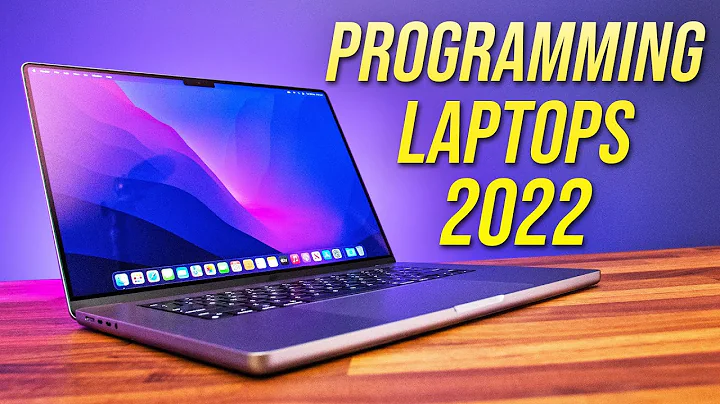Important Laptop Specs for Remote Computing
As a RDP client, there isn't much you need. What RDP does is essentially send keyboard and mouse input, and provide you with the screen output over a network/internet connection.
A larger screen, capable wireless card (and internet connection), preferably a large/full size (with numpad) keyboard and a good touchpad (or wireless mouse) would help. Generally, graphics is not an issue, you are not going to be playing any games or even watching videos over RDP. To prevent resizing of the desktop and windows, it helps if your laptop screen is the same resolution as the server computer. From personal experience, a very small screen, such as on a netbook, would be no good. A not-so-standard resolution (1366x768 on my laptop) has some issues with fullscreen.
Multi monitor support gets more complicated, on the software (operating system) side. The server computers have to be at least Windows Vista for basic (span) support, and Windows 7 Enterprise/Ultimate / Server 2008 for full (multimon) support. The client needs to be at least v6.0 (included with Vista) for span and at least v6.1 (included with Server 2008, Windows 7 has v7.0) for multimon. More information is available on this MSDN blog. Also, this guide has some detail how the Windows version effects multimon support:
If you are trying to use a dual-monitor computer running Windows 7 Pro to remote connect into a remote dual-monitor PC running Windows 7, the remote machine must be running either Windows 7 Ultimate or Enterprise. Verified this just this weekend. The user went from XP to 7 Pro, and the loss of dual monitor during remote sessions was disappointing. They upgraded to ultimate, and dual monitor use during remote sessions was restored. Microsoft needs to do a much better job of this requirement in their product materials.
This page has a table of support, but the v7.0 row does not look quite right. It also provides download links to the newer clients for older operating systems (e.g. v7.0 client for XP).
Related videos on Youtube
Blue
Updated on September 18, 2022Comments
-
Blue over 1 year
I'm looking to buy a laptop that will primarily be used for remote computing on my office/home machines (probably using Windows Remote Desktop unless there's a better solution). I'm wondering what specs I should be paying particular attention to and which specs I can ignore (for budget purposes). I'll probably look into buying portable monitors (e.g., LT1421) so that I can have a multi-monitor setup while off-site. Both my home and office machines are multi-monitor and I'd like to try to mirror that as much as I practically can while away from home. Thanks for the help!
-
Blue about 12 yearsI've gathered that graphics card is not particularly important (superuser.com/questions/199052/…) as most rendering will be performed on the server I'm connected to.
-
-
Blue about 12 yearsI see. I will be remoting into a server with Windows 7 Enterprise so I'm guessing Windows 7 Pro on the laptop would work, right? And I'm thinking Windows 7 Pro to Windows 7 Pro should work as well for multimon, no?
-
 tvdo about 12 yearsPro to Pro won't allow multimon, but it will allow span. Pro to Enterprise should allow multimon, according to that quote, but I've never tried myself (I only have one monitor).
tvdo about 12 yearsPro to Pro won't allow multimon, but it will allow span. Pro to Enterprise should allow multimon, according to that quote, but I've never tried myself (I only have one monitor). -
Blue about 12 yearsPro to Pro fails? Wow, that's unfortunate (and makes little sense). My work computer has Enterprise and my home computer has Pro. So I guess it's all work and no play.
-
 tvdo about 12 yearsIf span works for you (see MSDN blog link), then use it. Otherwise, it appears that if at least one of client/server is Enterprise/Ultimate it will work. You may wish to ask Microsoft directly to confirm. There's also a program called SplitView you may wish to look into, and there are also alternatives to RDP, e.g. TeamViewer and many VNC programs.
tvdo about 12 yearsIf span works for you (see MSDN blog link), then use it. Otherwise, it appears that if at least one of client/server is Enterprise/Ultimate it will work. You may wish to ask Microsoft directly to confirm. There's also a program called SplitView you may wish to look into, and there are also alternatives to RDP, e.g. TeamViewer and many VNC programs.




